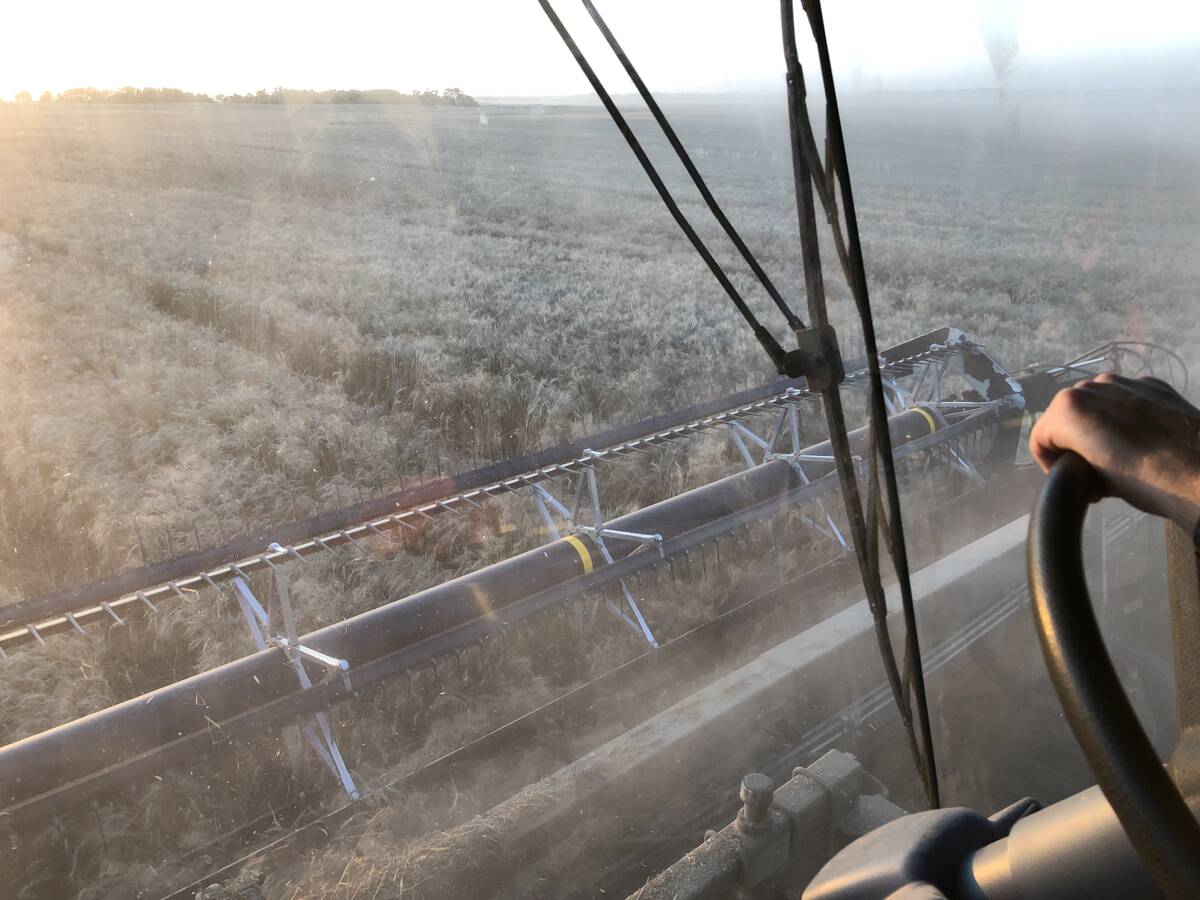Seasonal agricultural workers don’t appear to be affected by adjustments to temporary foreign worker rules announced yesterday.
The federal government announced Thursday that, effective May 1, some sectors would be allowed no more than 20 per cent of their workforces to be made up of temporary foreign workers (TWFs) brought in via the low wage stream—down from 30 per cent since 2022.
Those sectors are wood product manufacturing, furniture manufacturing, accommodation and food service, and food manufacturing—defined as industries involved in turning agricultural products into ingredients or food items, whether for wholesale or retail, according to the North American Industry Classification System.
Read Also

Mail strike disrupts grain sample delivery
The Canadian Grain Commission has asked farmers to consider delivering harvest samples directly to CGC offices, services centres or approved drop offs as Canada Post strike delays mail.
These sectors saw the percentage of allowable TFWs increased in 2022 in a bid to address labour shortages.
Construction and healthcare were included in the 2022 increases but are exempted from this week’s changes.
The federal government said the changes are to encourage employers to hire domestically.
“Today, we announced our intention to reduce Canada’s reliance on temporary foreign workers and encourage employers to find the talent they need right here, at home,” said Employment, Workforce Development and Official Languages Minister Randy Boissonnault in a news release yesterday.
Canada’s unemployment rate has hovered around 5.8 per cent for three of the last four months, the news release said. Job vacancies were at a record high in the second quarter of 2022 with nearly 984,000 open positions. In the fourth quarter of 2023, that number fell to 678,500.
Other changes announced include decreasing the time new labour market impact assessments (LMIAs) are valid to six months from 12; and that “employers will need to explore every option before applying for an LMIA — including recruiting asylum seekers with valid work permits here in Canada,” the release said.
Starting at the beginning of the year, employers are required to annually review TFWs’ wages to ensure they’re keeping up with the market rate for that occupation and region. Wages can’t be lowered upon review.

















